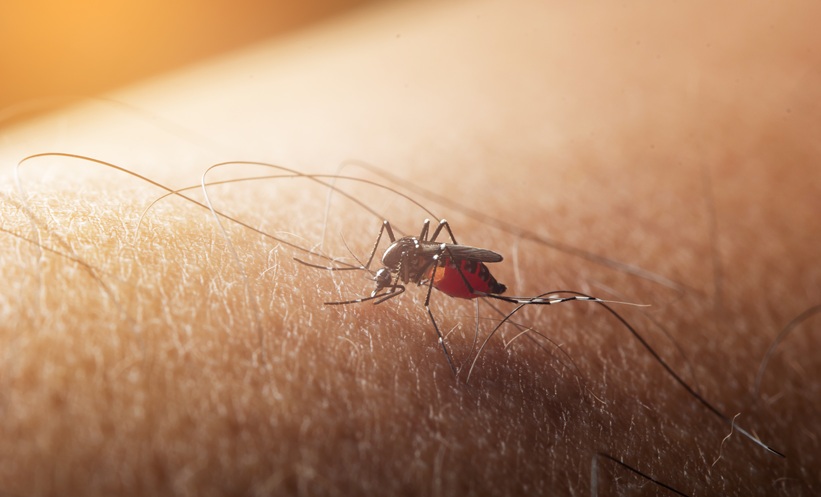CHIKUNGUNYA virus, a mosquito-borne virus once considered mainly a tropical threat, is imposing a far greater health toll worldwide than previously thought. New modelling research estimates that the global chikungunya burden exceeds 14 million infections and nearly one million disability-adjusted life years (DALYs) every year, figures that could more than double under conditions favourable to further spread.
Mapping the Scale of Chikungunya Burden
Using a random forest model that combined climatic, ecological and socioeconomic data, researchers predicted the annual force of infection at high spatial resolution (5×5 km). They analysed two scenarios: a “focal” scenario reflecting the currently observed spread of the virus, and an “at-risk” scenario that projects transmission in all suitable environments.
In 2020 alone, chikungunya caused an estimated 14.4 million infections and 0.96 million DALYs under the focal scenario. Under the broader at-risk scenario, this rose to 34.9 million infections and 2.3 million DALYs. Crucially, the modelling shows that high chikungunya burden is not confined to the tropics. Transmission potential exists across all continents, underscoring the global nature of the risk.
Who is Most Affected by Chikungunya?
The chronic phase of the disease, often characterised by long-lasting joint pain, accounted for more than half (54%) of the total burden. Middle-aged adults between 40–60 years were disproportionately affected by DALYs, while deaths were concentrated among the youngest children and the oldest adults , particularly in children <10 years and adults >80 years.
Implications for Vaccine Planning and Global Health
The findings highlight an urgent need to factor chikungunya burden into vaccine development and distribution strategies. With several vaccine candidates already in advanced stages of testing, these estimates provide critical guidance for prioritising the regions and age groups that would benefit most.
The study also emphasises that preparedness cannot be limited to tropical and subtropical countries. Policymakers worldwide must consider the growing potential for chikungunya transmission in new regions, making proactive vaccination and surveillance central to global health planning.
Reference
Kang H et al. Global, regional and national burden of chikungunya: force of infection mapping and spatial modelling study. BMJ Global Health. 2025; DOI:10.1136/bmjgh-2024-018598.








